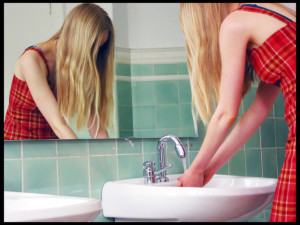Adenoviruses are the usual cause of respiratory ailments but most cases are not severe. In most instances, they can trigger cold-like symptoms, bronchitis, sore throat, diarrhea, pneumonia and pink eye.
One can develop an adenovirus infection at any age, but babies and individuals who have weakened immune systems are at high risk to develop severe sickness from adenoviruses.
What are the indications?
Adenoviruses can trigger a variety of conditions such as the following:
- Bronchitis
- Common cold
- Sore throat
- Diarrhea
- Pneumonia
- Fever
Always wash hands using water and soap. - Pink eye
- Inflammation or infection of the bladder
- Stomach and intestinal inflammation (gastroenteritis)
- Neurological ailments
It is important to note that adenoviruses rarely result to serious ailments or death. Nevertheless, infants and individuals with weakened immune systems or existing heart or respiratory disease are at higher risk for developing severe illness from an infection.
How does it spread?
Adenoviruses are typically spread from an infected individual through:
- Close contact such as touching or shaking hands
- Touching an object or surface that has been contaminated by the viruses and then touching the nose, mouth or eyes
- Via the air by sneezing or coughing
Some of the strains can spread via the stool such as when changing diapers. Adenoviruses can also spread via water such as in swimming pools but this is uncommon.
Oftentimes, the virus might be shed for months after the individual recovers from the infection.
Prevention
Even at the present, there is no vaccine available for adenoviruses. There are measures that can be observed to prevent acquiring the virus.
- Always wash hands using water and soap
- Stay at home if sick
- Cover the nose and mouth when sneezing or coughing
- Avoid close contact with sick individuals
- Avoid touching the nose, eyes or mouth with unwashed hands
Regular handwashing is vital in childcare settings and healthcare facilities. Remember that adenoviruses are resistant to various disinfectant products and can remain infectious for a prolonged time on objects, surfaces and even in swimming pools.

